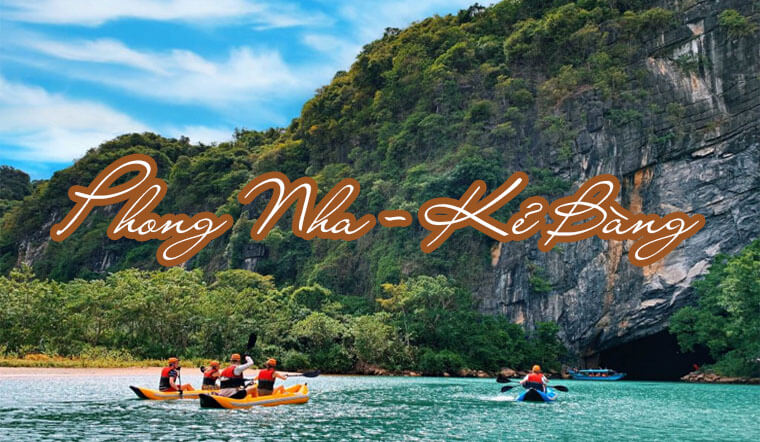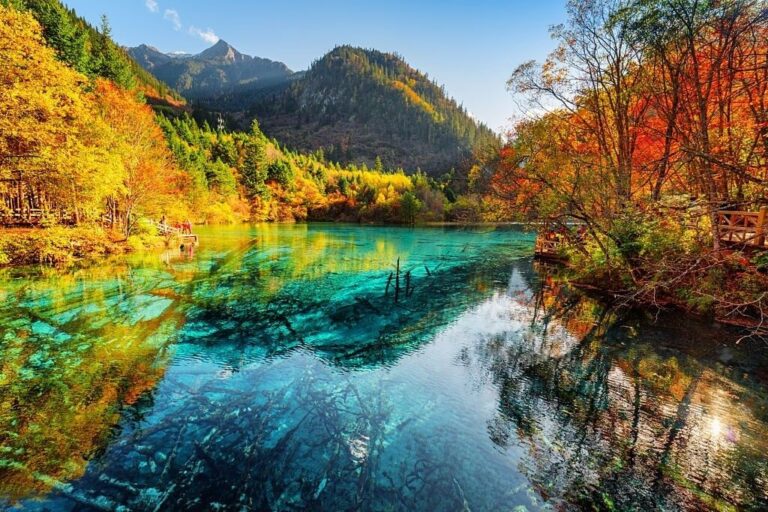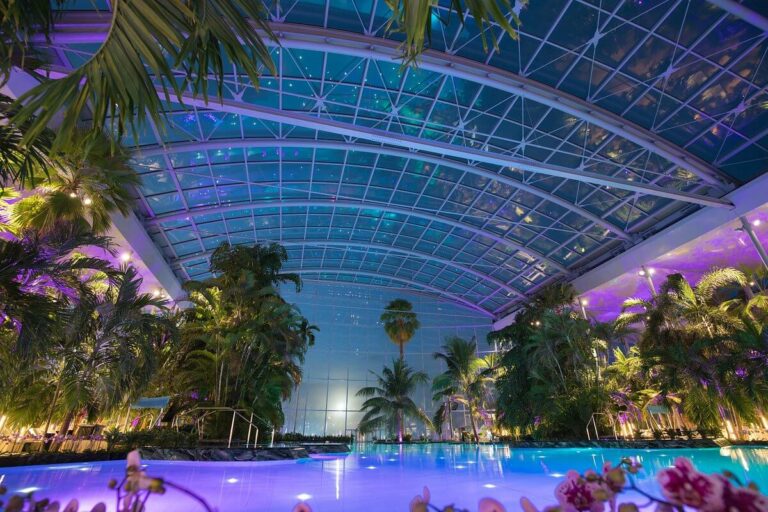Nestled in the heart of the Coral Triangle, the Raja Ampat Islands have earned their reputation as an unparalleled natural wonder. Located off the northwest tip of Papua, Indonesia, Raja Ampat is a remote archipelago comprising over 1,500 pristine islands and islets, each boasting its unique charm and breathtaking beauty. In this article, we will embark on a journey to discover the mesmerizing landscapes, diverse marine life, and rich culture of Raja Ampat.
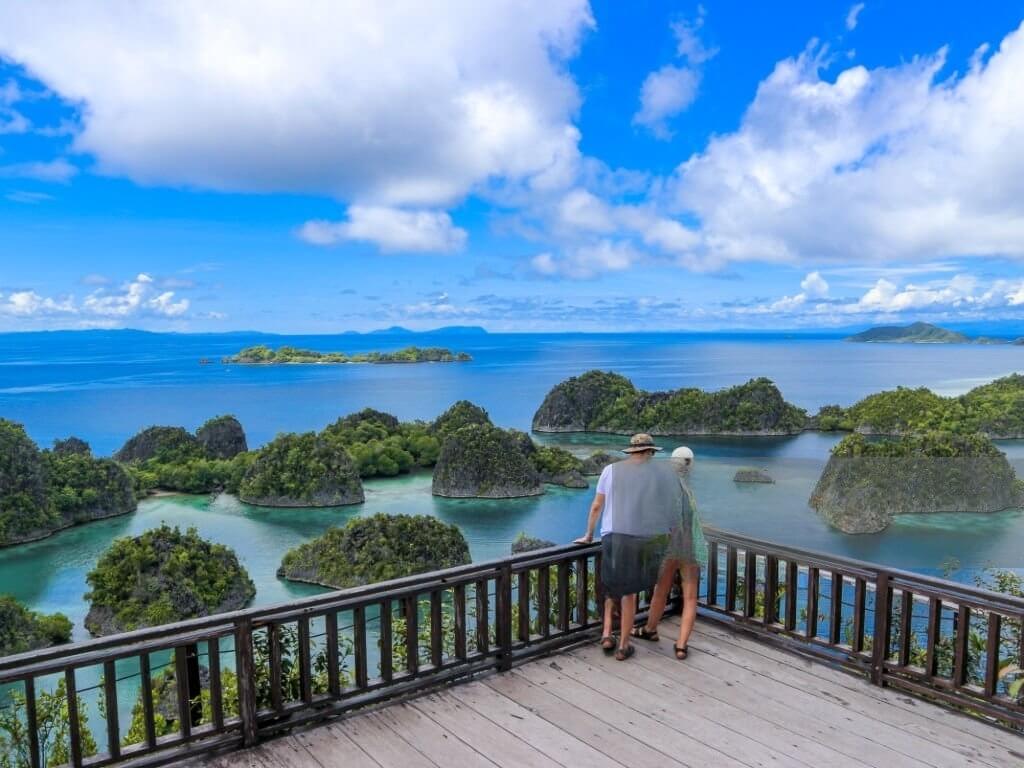
Table of Contents
Geography and Biodiversity
Raja Ampat’s geographical location plays a pivotal role in its remarkable biodiversity. The archipelago is strategically positioned at the confluence of the Indian and Pacific Oceans, creating an ideal environment for marine life to thrive. It is often referred to as the “Amazon of the Seas” due to its unrivaled marine diversity.
Raja Ampat’s key geographical features include:
- Coral Reefs: Raja Ampat boasts the highest recorded diversity of coral species in the world. Its vibrant coral reefs are home to an astonishing variety of marine creatures, making it a dream destination for snorkelers and divers.
- Marine Species: The waters surrounding Raja Ampat are teeming with over 1,300 species of fish, 700 species of mollusks, and 600 species of hard coral. Divers can encounter everything from majestic manta rays and elusive pygmy seahorses to charismatic clownfish.
- Birdlife: Above the water, Raja Ampat’s lush rainforests and mangrove swamps provide sanctuary to a plethora of bird species, including the vibrant Wilson’s bird-of-paradise and the rare red bird-of-paradise.
Things to Do in Raja Ampat
- Diving and Snorkeling: Raja Ampat is a mecca for divers and snorkelers. Popular dive sites like Misool, Dampier Strait, and Wayag offer an immersive underwater experience. Novice divers can take advantage of the many diving schools and guided tours available.
- Island Hopping: Explore the archipelago’s pristine islands by taking boat trips to iconic locations like Piaynemo, Arborek Village, and the Wayag Islands. These excursions allow you to witness jaw-dropping vistas and interact with the welcoming local communities.
- Wildlife Watching: Nature enthusiasts will relish the opportunity to spot rare birds, lush flora, and intriguing wildlife in Raja Ampat’s untouched wilderness. Guided tours and treks through the dense jungles provide a chance to connect with nature.
- Cultural Immersion: Discover the rich indigenous cultures of Raja Ampat by visiting local villages. The warm and hospitable Papuan people offer a glimpse into their traditional way of life, complete with age-old customs and ceremonies.
Conservation Efforts
With the increasing global awareness of environmental preservation, Raja Ampat has taken significant steps to protect its unique ecosystems. The Raja Ampat Marine Park, established in 2007, enforces strict regulations to safeguard the marine life and coral reefs. Visitors are encouraged to follow responsible tourism practices, such as refraining from touching or collecting coral, using reef-safe sunscreen, and disposing of waste properly.
Accommodation and Travel Tips
Raja Ampat offers a range of accommodation options, from luxurious eco-resorts to budget-friendly homestays. Booking in advance is advisable, especially during the high season, which typically runs from October to April. Ensure that your travel documents are up to date, including necessary visas and permits for Indonesia.
Getting There
Raja Ampat’s remote location may pose a challenge, but the journey is undoubtedly worth it. The primary gateway is Sorong, which is accessible by air from major Indonesian cities like Jakarta and Bali. From Sorong, you can take a domestic flight to Waisai, the capital of Raja Ampat, or hop on a ferry.
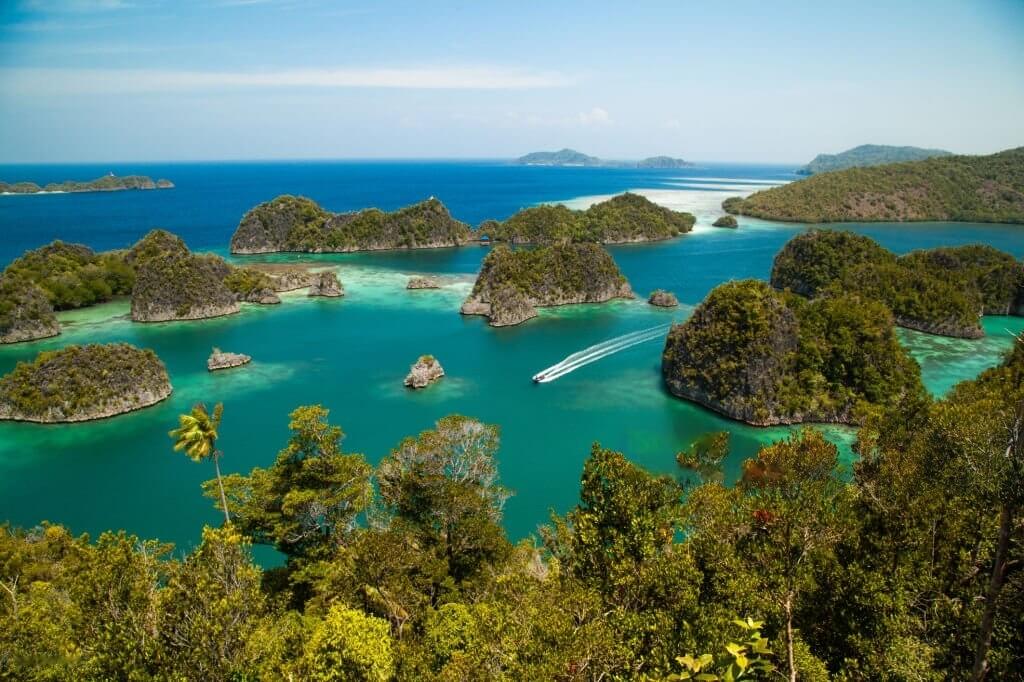
Outdoor Activities
- Kayaking: Beyond the underwater wonders, Raja Ampat offers an array of outdoor activities. Kayaking is a serene way to explore the labyrinthine passages, hidden lagoons, and mangrove forests that dot the archipelago. Paddle at your own pace and get up close with the diverse marine life that often swims near the surface.
- Trekking and Hiking: For those who love terrestrial adventures, Raja Ampat’s lush forests and towering karst cliffs provide ample opportunities for trekking and hiking. Guided hikes can lead you to panoramic viewpoints, where you can witness breathtaking sunsets over the pristine waters.
- Surfing: While Raja Ampat is not known for its surfing, there are some spots for experienced surfers seeking remote breaks. Fam Island and the southern coast of Waigeo offer challenging waves. Keep in mind that surf conditions can be unpredictable, so check with local experts before hitting the waves.
Marine Conservation
- Conservation Efforts and Eco-Tourism: Raja Ampat’s fragile ecosystems have garnered global attention, leading to various conservation initiatives. Local organizations and international partners are working together to preserve the region’s natural beauty. Eco-tourism is encouraged, and visitors can actively participate in conservation projects, such as coral planting and marine cleanups.
- Marine Research: The archipelago is a hub for marine research and study. Visitors interested in marine biology and conservation can engage with scientists and researchers to gain insight into ongoing projects. This is a fantastic opportunity to contribute to the preservation of Raja Ampat’s underwater world.
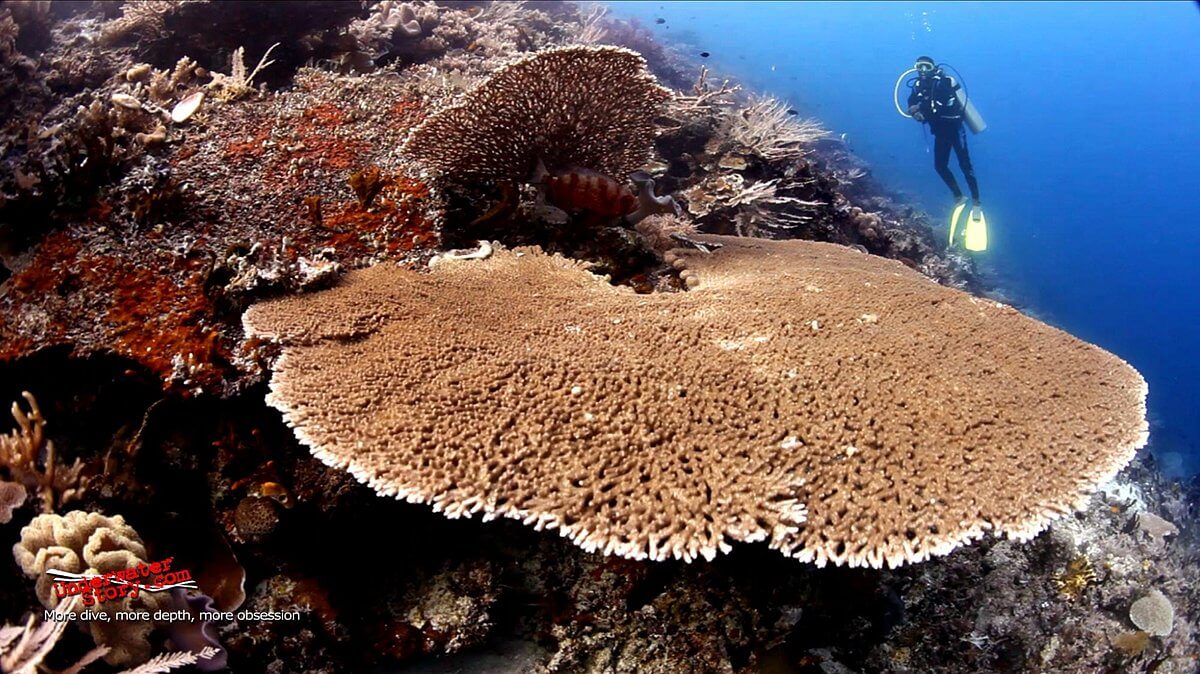
Indigenous Culture and Traditions
- Papuan Culture: The indigenous Papuan people have inhabited Raja Ampat for generations and maintain their unique traditions. Visitors can immerse themselves in Papuan culture by attending local festivals, witnessing traditional dances, and sampling indigenous cuisine. The warmth and hospitality of the locals make this cultural experience truly memorable.
- Traditional Crafts: The Papuan people are skilled artisans, creating intricate handicrafts such as woven baskets, carved wooden sculptures, and vibrant textiles. You can purchase these authentic souvenirs as mementos of your visit while supporting local communities.
- Homestays: To get a deeper understanding of Papuan life, consider staying in a homestay run by a local family. This immersive experience allows you to participate in daily activities, share meals, and forge lasting connections with the community.
Practical Travel Tips
Weather and Seasons: Raja Ampat’s tropical climate means it can be visited year-round. However, the dry season (October to April) is generally considered the best time for diving and outdoor activities due to calmer seas and better visibility.
Travel Insurance: It’s highly advisable to purchase comprehensive travel insurance that covers potential medical emergencies, trip cancellations, and equipment damage. Medical facilities in the region are limited, so being prepared is essential.
Respect Local Customs: While exploring Raja Ampat, it’s crucial to respect local customs and traditions. Dress modestly when visiting villages, ask for permission before taking photos of people, and avoid touching religious or cultural artifacts.
Photography and Filmmaking
- Photographer’s Paradise: Raja Ampat’s stunning landscapes and vibrant marine life make it a haven for photographers and filmmakers. The clear waters, dramatic cliffs, and unique biodiversity provide endless opportunities for capturing awe-inspiring images and videos. Whether you’re an amateur or a professional, you’ll find the perfect shot around every corner.
- Underwater Photography: Underwater photography enthusiasts are in for a treat in Raja Ampat. The colorful coral gardens, swirling schools of fish, and captivating macro subjects make it a top destination for capturing the beauty of the ocean. Many dive operators offer photography-focused trips, complete with expert guidance.
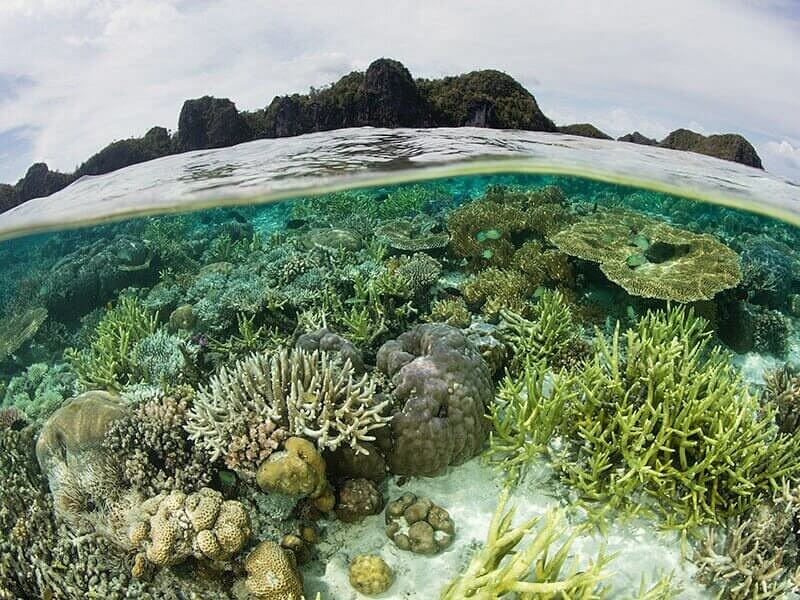
Sustainable Tourism
- Community-Based Tourism: Raja Ampat has embraced community-based tourism as a means of sustainable development. Local communities actively participate in tourism activities, ensuring that the benefits are shared among residents. By supporting community initiatives and homestays, travelers contribute to the well-being of the Papuan people.
- Eco-Friendly Accommodations: Eco-conscious travelers will find a range of eco-friendly accommodations in Raja Ampat. Many resorts and lodges have adopted sustainable practices, such as using solar power, conserving water, and minimizing waste. Staying at these establishments helps minimize your environmental footprint.
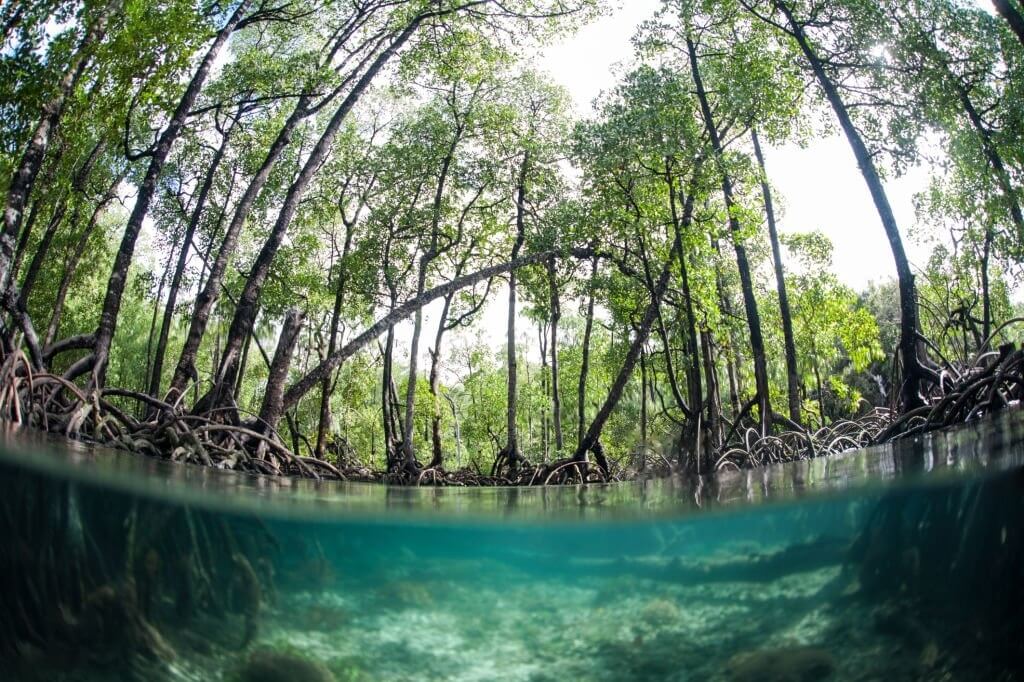
Day-to-Day Experiences
- Daily Life: Take a moment to witness the everyday life of the Papuan people. Stroll through local markets where you can sample exotic fruits, fresh seafood, and traditional dishes. Engage with the friendly locals, learn about their customs, and savor the flavors of Papuan cuisine.
- Sunset Cruises: The sunsets in Raja Ampat are nothing short of spectacular. Consider booking a sunset cruise to witness the sky burst into shades of pink, orange, and purple as the sun dips below the horizon. It’s a magical experience that shouldn’t be missed.
Safety and Health
Vaccinations: Ensure that you are up to date on routine vaccines and consult a travel health professional for any recommended vaccinations or health precautions before traveling to Raja Ampat. Malaria prophylaxis may be required depending on your itinerary.
Safety: Raja Ampat is generally safe for travelers. However, it’s essential to take precautions like wearing sunscreen, staying hydrated, and following the guidance of local authorities and tour operators.
Emergency Contacts: Make a list of emergency contacts, including the local authorities, embassy or consulate, and your accommodation’s contact information, and carry it with you.
Transportation and Logistics
- Boat Tours: One of the best ways to explore Raja Ampat’s numerous islands and dive sites is through organized boat tours. These tours often include expert guides, equipment, and itineraries that cover the most iconic locations. Booking a boat tour can simplify your travel logistics and enhance your overall experience.
- Liveaboard Diving: For avid divers, liveaboard trips are a dream come true. These specialized vessels offer extended stays on the water, allowing you to explore remote dive sites. Liveaboard options cater to various budgets and preferences, offering everything from luxury cruises to more budget-friendly alternatives.
- Local Cuisine: Raja Ampat’s cuisine is a reflection of its rich culture and abundant marine resources. Seafood takes center stage in many dishes, with freshly caught fish, crabs, and prawns gracing the tables. Savor traditional dishes like “Ikan Bakar” (grilled fish) and “Papeda” (a sago-based dish), and don’t forget to try the vibrant chili sauce, a staple in Papuan cooking.
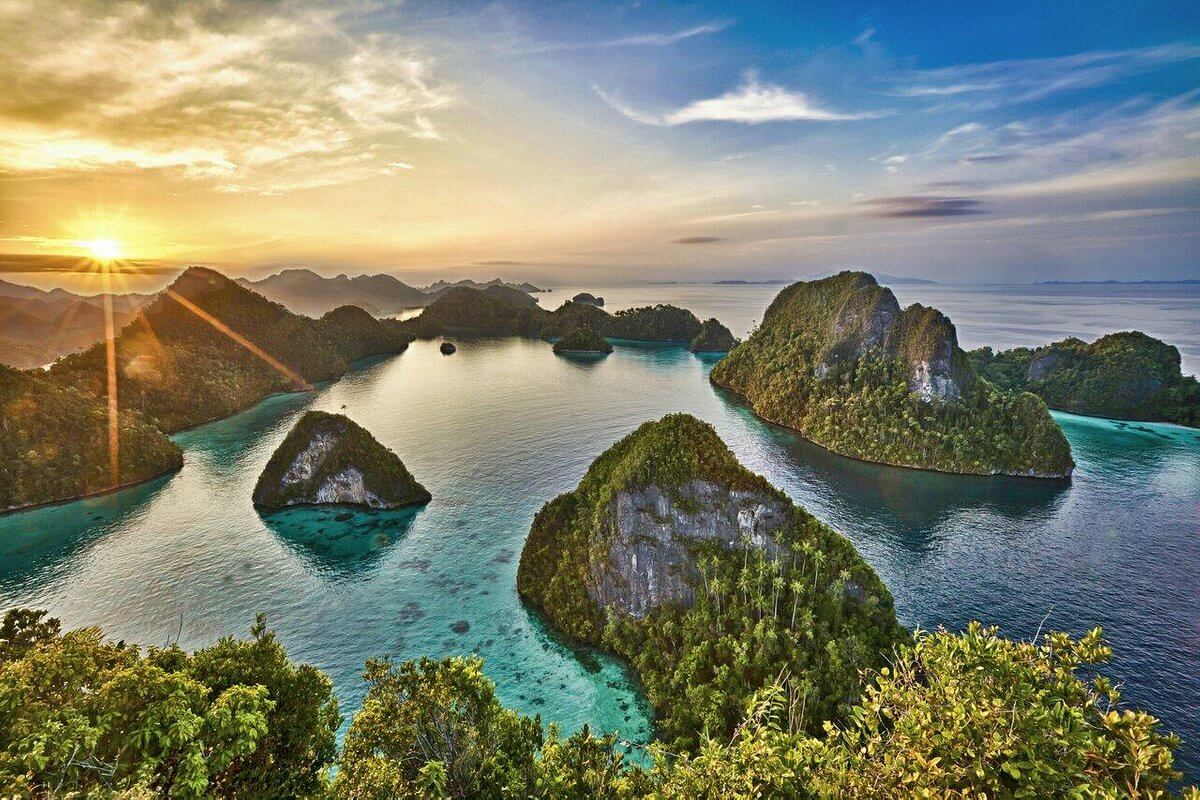
Language and Communication
- Language: The official language of Indonesia is Bahasa Indonesia, but in Raja Ampat, many locals speak regional languages and dialects. English may be limited in some remote areas, so learning a few basic Indonesian phrases can be helpful and greatly appreciated by the locals.
- Communication: While mobile phone coverage is available in some parts of Raja Ampat, it can be unreliable. It’s a good idea to purchase a local SIM card with data access in Sorong or Waisai if you need to stay connected during your trip.
Responsible Wildlife Encounters
- Manta Ray Conservation: Raja Ampat is known for its resident population of manta rays. If you’re fortunate enough to encounter these graceful giants while diving or snorkeling, remember to maintain a respectful distance and avoid touching them. Manta ray conservation efforts are ongoing in the region, and responsible tourism plays a crucial role in their protection.
- Sea Turtle Nesting: Some of Raja Ampat’s beaches serve as nesting sites for endangered sea turtles. If you happen to come across a nesting area or baby sea turtles making their way to the sea, avoid disturbing them. Responsible tourism practices help ensure the survival of these magnificent creatures.
Special Events and Festivals
- Yospan Festival: Experience the vibrant Papuan culture by attending the Yospan Festival. This annual event showcases traditional Papuan dances, music, and crafts. It’s a colorful celebration of the indigenous heritage and a chance to engage with local communities.
- Wayag Regatta: The Wayag Regatta is a thrilling boat race that takes place in the iconic Wayag Islands. It’s a unique opportunity to witness the competitive spirit and maritime skills of the Papuan people. The regatta often includes cultural performances and festivities.
Customized Itineraries
- Tailored Adventures: Many tour operators in Raja Ampat offer customized itineraries to suit your interests and preferences. Whether you’re interested in wildlife photography, scuba diving, or cultural immersion, you can work with local experts to create a personalized adventure that matches your aspirations.
Final Thoughts
In the realm of travel destinations, Raja Ampat Islands are a rare gem. It’s a place where the boundaries between reality and paradise blur. Here, you can witness nature’s grandeur above and below the water, connect with indigenous cultures, and play a role in preserving the planet’s most vital ecosystems.
Whether you’re an adventurer, a conservationist, or simply a traveler in search of breathtaking beauty, Raja Ampat welcomes you with open arms. As you plan your journey, remember that responsible tourism is not just a choice; it’s a commitment to safeguarding the natural wonders and traditions that make Raja Ampat a true wonder of the world.
In the end, your journey to Raja Ampat is more than a vacation; it’s an opportunity to become a steward of one of Earth’s last untouched paradises. So, pack your bags, dive into the cerulean waters, hike through the emerald forests, and immerse yourself in the vibrant culture of Raja Ampat. Let this journey be a testament to the awe-inspiring beauty of the natural world and a promise to protect it for generations to come.
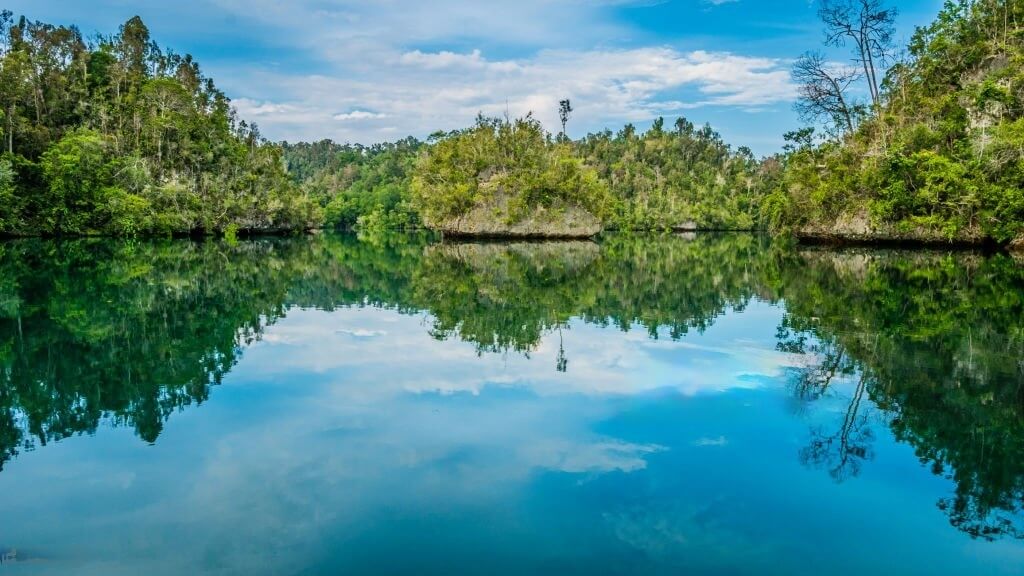
Conclusion
In conclusion, Raja Ampat Islands offer a multifaceted travel experience that transcends the typical tourist destination. Whether you’re an adventurer seeking underwater thrills, a nature lover yearning for pristine landscapes, or a culture enthusiast eager to connect with indigenous traditions, Raja Ampat has something extraordinary to offer.
This comprehensive guide has explored the archipelago’s geographical wonders, diverse marine life, outdoor activities, conservation efforts, and the rich tapestry of indigenous culture. As you plan your journey to this remote paradise, remember to embrace responsible tourism practices to ensure the preservation of Raja Ampat’s unique ecosystems and traditions.
With its unparalleled beauty, Raja Ampat is not just a destination; it’s an immersive and transformative experience. Delve into the vibrant world beneath the waves, trek through the untamed wilderness, and connect with the warm-hearted Papuan people. Raja Ampat promises unforgettable memories that will stay with you long after you leave this pristine paradise.
Q&A Section
What is the best time to visit Raja Ampat for diving and snorkeling?
The best time for diving and snorkeling in Raja Ampat is during the dry season, which typically runs from October to April. During this period, you can enjoy calmer seas and excellent underwater visibility, making it ideal for exploring the vibrant coral reefs and diverse marine life.
How can I contribute to marine conservation efforts in Raja Ampat?
You can contribute to marine conservation by practicing responsible tourism. Follow guidelines set by the Raja Ampat Marine Park, such as not touching or collecting coral, using reef-safe sunscreen, and disposing of waste properly. Many resorts and organizations also offer opportunities for tourists to participate in conservation projects, such as coral planting and marine cleanups.
What are some must-visit dive sites in Raja Ampat?
Raja Ampat is renowned for its dive sites. Some must-visit locations include Misool, Dampier Strait, Wayag, and Arborek. These sites offer a stunning diversity of marine life, from colorful coral gardens to encounters with manta rays, pygmy seahorses, and more.
Is Raja Ampat suitable for non-divers and families?
Absolutely. Raja Ampat offers a wide range of activities for non-divers and families. You can explore beautiful islands, enjoy kayaking, trekking, wildlife watching, and cultural experiences. Many resorts and tour operators cater to families, ensuring that everyone can have a memorable and enjoyable vacation.
How can I respect the local culture while visiting Raja Ampat?
To respect the local culture, dress modestly when visiting villages, ask for permission before taking photos of people, and avoid touching religious or cultural artifacts. Engage with the locals with an open heart, learn about their traditions, and support their crafts and livelihoods through responsible shopping and homestays.

